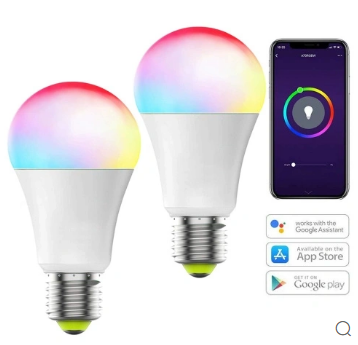In recent years, the development of smart technology has revolutionized the lighting industry. Smart lights, also known as connected lights, are fixtures that can be controlled using a wireless device such as a smartphone or tablet. This article provides an overview of the principles behind Smart Light control and its applications.

The control principles of Smart Light involve a complex network of hardware and software components that work together to create a seamless user experience. The first component is the smart light bulb itself, which contains an integrated circuit and a communication module that allows it to connect to a wireless network. The second component is the gateway device, which serves as a bridge between the smart light bulbs and the user's wireless device. The third component is the control software, which enables users to program and manage their smart lights. One of the most significant benefits of Smart Light control is the ability to automate lighting based on various criteria. For example, smart lights can be programmed to turn on and off at certain times of day, or in response to changes in natural light levels. Other automation options may include occupancy sensing, motion detection, and temperature control. Smart light control can also provide a range of energy-saving benefits. By using occupancy sensors, lights can automatically turn off when a room is empty, helping to reduce energy consumption. Similarly, dimming controls can be used to adjust the brightness of lights depending on natural light levels, further improving energy efficiency. In addition to practical applications, smart lighting can also be used to enhance the aesthetics of a space. For example, color-changing smart light bulbs can be used to create unique lighting effects or to match the mood of a room. Moreover, remote control capability allows users to change the lighting in a space from anywhere, adding convenience and flexibility to their lighting choices. Smart light control can also integrate with other smart home devices. For example, smart lights can be linked to security systems to provide additional home security by turning lights on and off during periods of absence. In conclusion, smart light control is an increasingly popular way to control lighting in homes and businesses. By automating lighting, reducing energy consumption, and enhancing aesthetics, smart lights offer a range of benefits for users. As technology continues to evolve, it's likely that smart light control will become even more advanced and bring even more benefits to users in the future.



